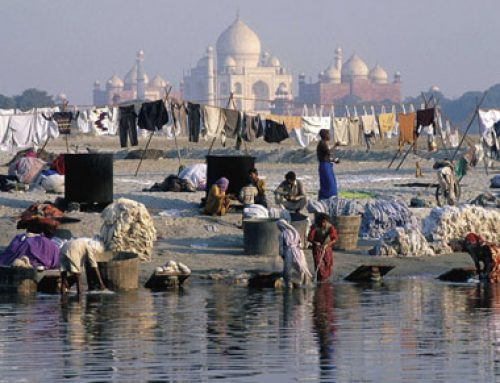
Oil and water
You can easily see for yourself how the amino acids formed into little spheres or bubbles. They were trying to get as far away from the water as possible. Just take a glass of water and put it on the table. Then slowly pour in some vegetable oil. You’ll see that the oil tries to get away from the water by making little globs or bubbles.
If you let the glass alone for a little while, you’ll soon see that the oil and water separate completely, with all of the oil sitting on top of the water. That doesn’t happen to real thermal proteins – they stay in the form of bubbles.

Blowing bubbles with bubble gum
Another thing you can do to understand thermal proteins better is to play with some other kinds of polymers. Thermal proteins are one kind of polymer: a long string of molecules stuck together. If they were stuck together very tightly, they’d be a solid thing like a rock or a chunk of metal. If they were not stuck together, they’d be a liquid, like water or oil.
But thermal proteins are in-between: a polymer. Some other kinds of polymer you might have around your house or your school are rubber bands, Jell-O, plastic bags, or chewing gum. Get some of these together and compare them. What do these have in common with each other?
What are thermal proteins?
The next step to living things: cells
Bibliography and further reading about proteinoids and amino acids:




